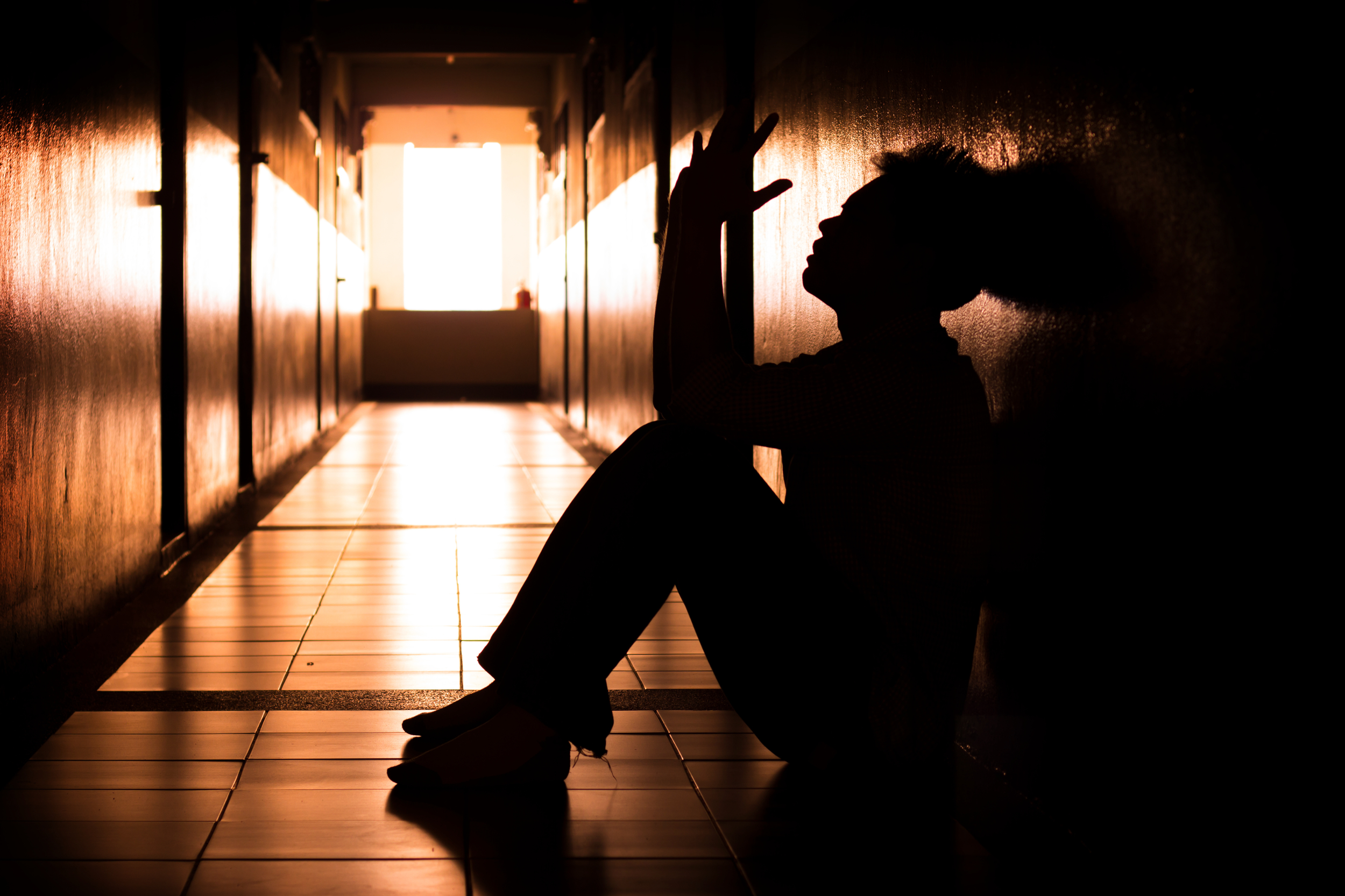Covid-19:Working from Home
Three years into the pandemic, the average American’s workday has significantly changed. Remote work, which emerged for many companies as the needed response to the mounting cases of COVID-19, now appears to be here to stay. Pew Research Center found that prior to the pandemic, only 17% of Americans worked from home.[1] But their follow-up study found that by the end of the pandemic’s first year, over 71% of people were engaged in remote work; from 2021 to 2023 these numbers have remained steady and a 2022 study by Phillips noted 74% of surveyed workers expect remote work to endure.[2,3] In particular, marginalized groups are embracing the teleworking boom as minorities face a greater risk of microaggressions, pay gaps, and other forms of discrimination in office environments.
DIFFERENCES BETWEEN DEMOGRAPHICS IN WORKPLACE NAVIGATION
Remote work has created a new consideration: Even if I enjoy my job, do I enjoy being physically there? For the average person, the answer is “No.” Only 21% of White and 3% of Black Americans are interested in returning to the office full-time, favoring a hybrid or full-time remote schedule. Further, Latinx and Asian Americans report experiencing a higher sense of belonging within their work culture when they are able to work hybridly or remotely. In a 2021 survey of 100,000 workers conducted by the Future Forum, results showed that 80% of Black, 78% of Latinx, and 77% of Asian respondents wanted a flexible working experience, either through a hybrid or remote-only model.[4]
Much of the apprehension racial minorities feel towards returning to full-time office culture comes in response to many of the unwritten professional biases that favor White American values and can leave people of color to face discrimination and exclusion.[5] According to the Stanford Social Innovation Review, regardless of industry, American work spaces tend to promote certain cultural norms: speak in standard English, communicate without an accent and with little emotion, and adhere to Western standards of dress such as straight hair and heteronormative clothing.[6] For the straight, White American male, these expectations began in child-rearing and many felt a seamless transition into the workforce. However, rooting professionalism in the dominant Western culture compounds stress for minorities, many of whom find themselves code-switching in daily interactions with peers and at the brunt of frequent verbal or behavioral slights (e.g., “You speak so well” to a person of color, or “You’re very demanding” to a female leader).[7]
Commonly referred to as microinvalidations or microaggressions, these behaviors are aimed at racial, ethnic, and gender-nonconforming minorities; while they may be short-lived and even unintentional, they represent larger implicit biases and in the long-term they impact minorities’ self-image, sense of belonging within a space, physical and mental health.[8] In a study by Hall & Fields (2015) of American Indians, individuals who were victims of microaggressions reported feeling tension, anxiousness and digestive issues such as reflux disease and GI conditions.[9] A study conducted by Torres & Driscoll (2010) found that microaggressions are also extremely disruptive to one’s work: the energy a person expends deciding if comment was a slight against them takes away from other potentially important, work-related tasks.[10]
Remote work, then, can act as a protective barrier from microinvalidations or microaggressions, allowing for marginalized communities to work without the distractions that can be detrimental to both their health and productivity.
Differences amongst demographics in managerial roles further explain why marginalized groups feel less attached to in-person work. 2021 Census data found that 67% of managers are White Americans; Hispanic, Asian, and Black Americans collectively hold less than 25% of managerial roles and only 10% of managers identify as LGBTQ+.[11] Further, minorities and female employees make up the majority of blue-collar and service jobs, both of which are often highly physical forms of employment that further limit these marginalized groups’ access to remote jobs.[12] With limited managerial roles, women, people of color, and other minorities have less representation in decisions within their companies, and as a result, they often feel less inclined to be physically present in the workspace.
DIFFERING VIEWS ON TELEWORK AMONG LEADERS
Nearly seven-in-ten employees (68 percent) said they would rather look for a new job than return to the office, according to a 2023 survey from Clarify Capital (a financial consultancy in New York City that surveyed more than 1,000 remote workers).[13] However, some CEOs and other business leaders of high profile companies have come out with arguments in favor of workers returning to the office. Disney’s Bob Iger, Starbucks’ Howard Schultz, and Goldman Sachs’ David Solomon are a few of the CEOs who spokehave come out in early 2023 requiring workers to spend a dedicated number of weekly hours in the workplace.[14] Cumulatively, their arguments in favor of on-site labor are a call to return to normalcy. Of the challenges COVID-19 has brought senior leadership, managers cite decentralized management, challenges to accountability, and the limitations that come alongside distance collaboration as major impediments to meeting their end-of-year goals.[15]
Conversely, some company leaders are coming forward as advocates for working from home. Facebook’s CEO Mark Zuckerburg explained midway through 2022 that he would spend at least half of his year working from home, attributing his ability to accomplish more on a daily basis and spend more time with his family to remote work.[16] Elsewhere, Twitter, Spotify, and Kaiser Permanente are also embracing remote work for its positive impact on work productivity and employee satisfaction. Working from home is a transformational change that can cause disagreements between employees and managers, but the managers that accommodate and adapt to workers’ needs are already seeing more success in employee retention and satisfaction.[17]
CHANGING THE WORKSPACE FOR URBAN & RURAL WORKERS THROUGH TELEWORK
Remote work even has the potential to build a sense of community and lessen social isolation in rural communities and regions facing economic decline.[18] Between 10 to 25 percent of adults in rural areas experience anxiety and depression; in addition to limited local access to mental health treatment, the financial burdens of unemployment and limited job market often exacerbate their mental health issues. With the introduction of remote work comes employment opportunities for these individuals, who are no longer limited geographically and require little more than internet access and a space within their home, local library or coffee shop to work. Thus, rural remote workers gain comparable employee benefits to those of their commuting counterparts, but often without the added stressors of a high monthly gasoline bill, wear and tear on their vehicle (or comparable high public transportation costs), an extensive work wardrobe and extended time away from family.
Further, with remote workers remaining in their original communities, their salaries in-turn stimulate the local economy, often creating new jobs and encouraging economic growth. The phenomenon of the growing workforce in rural areas became so popular during the pandemic that it was coined “Zoom towns”, with cities like Moab, Utah and Jackson, Wyoming experiencing record migration and revenue.[19]
Remote work’s positive impact is also felt in the urban employee, whose access to remote jobs also becomes an opportunity to relocate from a heavily congested area, and evade stressors such as pollution, long commutes, and constant stimuli.[20] While racial and ethnic minorities make-up about 43% of the American population, they comprise only 22% of the rural population while 48% inhabit urban regions.[21] City living comes with a variety of mental and physical challenges, exposing its inhabitants to heightened risks of elevated stress levels, respiratory issues, cancer, and depression.[22] In the long term, leaving urban populations has the potential to extend an individual’s lifespan and quality of life, and telework offers a clear route to this healthier lifestyle.
WORK CULTURE IS ADJUSTING, AND FOR THE BETTER
Workplace dynamics provide a window into larger societal issues and are also a key space to identify solutions for these disparities. Embracing remote work is just one example of the opportunity to do so. Addressing the array of experiences workers of different backgrounds face is also a step in the direction of creating organizations that value diversity, equity, and inclusion, and in doing so company leaders prove to marginalized workers that they are valued team members. As society continues to embrace remote work as the new-normal, managers and workers alike will continue to revisit its impact on productivity, eliminating disparities, and building a better work culture.
Contributed by: Kate Campbell
Editor: Jennifer (Ghahari) Smith, Ph.D.
References
1 Parker, K., Horowitz, J.M., Minkin,R. How the Corona virus outbreak Has-And Hasn’t- Changed the Way Americans Work. Pew Research Center Website. 2020. https://www.pewresearch.org/social-trends/2020/12/09/how-the-coronavirus-outbreak-has-and-hasnt-changed-the-way-americans-work/. Accessed March 14, 2023.
2 Ibid.
3 Phillips, T. The Ultimate List of Remote Work Statistics. Code Summit Website. 2022. https://codesubmit.io/blog/remote-work-statistics/. Accessed March 21, 2023.
4 United Nations. (2022). 3rd Meeting, 15th session of the Forum on Minority Issues. United Nations Website. https://media.un.org/en/asset/k1f/k1fx05gdea. Accessed March 17, 2023.
5 Gray, A. The Bias of “Professionalism Standards.” Stanford Social Innovation Review Website. 2019. https://ssir.org/articles/entry/the_bias_of_professionalism_standards. Accessed March 21, 2023.
6 Ibid.
7 Ibid.
8 Montoya, E. The Effects of Microaggressions on One’s Health. University of California, Irvine Medicine Website. 2021. https://sites.uci.edu/morningsignout/2021/03/09/the-effects-of-microaggressions-on-ones-health. Accessed March 14, 2023.
9 Hall, J.M., Fields, B.“It’s Killing Us!” Narratives of Black Adults About Microaggression Experiences and Related Health Stress. Global Qualitative Nursing Research. 2015;2. doi:10.1177/2333393615591569
10 Torres L., Driscoll M. W. (2010). Racial microaggressions and psychological functioning among highly achieving African-Americans: A mixed methods approach. Journal of Social and Clinical Psychology, 1074–1099.
11 Hall, J.M., Fields, B.“It’s Killing Us!” Narratives of Black Adults About Microaggression Experiences and Related Health Stress. Global Qualitative Nursing Research. 2015;2. doi:10.1177/2333393615591569
12 Ibid.
13 Mayer, K. Will Employees Quit if They are Forced Back into the Office? SHRM Website. 2023.https://www.shrm.org/resourcesandtools/hr-topics/benefits/pages/will-employees-quit-if-they-are-forced-back-into-the-office.aspx. Accessed March 18, 2023.
14 Ugincius, L. Is a return to the office inevitable? Should it be? Virginia Commonwealth University Website. 2023. https://news.vcu.edu/article/2023/01/is-a-return-to-the-office-inevitable-should-it-be
15 Ibid.
16 Stropoli, R. Are We Really More Productive Working from Home? Chicago Booth Review Website. 2021. https://www.chicagobooth.edu/review/are-we-really-more-productive-working-home. Accessed March 20, 2023.
17 Mayer (2023)
18 Reynolds, B.W. The Mental Health Benefits of Remote and Flexible Work. Mental Health America Website. 2020. https://mhanational.org/blog/mental-health-benefits-remote-and-flexible-work. Accessed March 21, 2023.
19 Potter, L. (2020, October 14). The rise of ‘Zoom Towns’ in the rural west. The University of Utah Magazine.https://magazine.utah.edu/issues/summer-2021/zoom-towns/
20 Hoffman, E. Stress and the City: Is Your City Making You Sick? Life Intelligence Website. (2020). https://www.lifeintelligence.io/blog/stress-and-the-city-is-your-city-making-you-sick. Accessed March 26, 2023.
21 United States Department of Agriculture. (2020). Racial and Ethnic Minorities made up about 22 percent of the rural population in 2018, compared to 43 percent in urban areas.
https://www.ers.usda.gov/data-products/chart-gallery/gallery/chart-detail/
22 Hoffman (2020)








